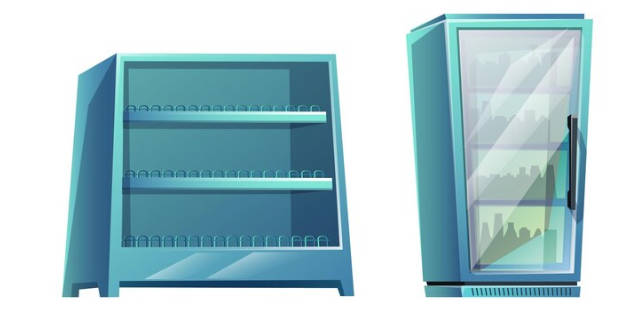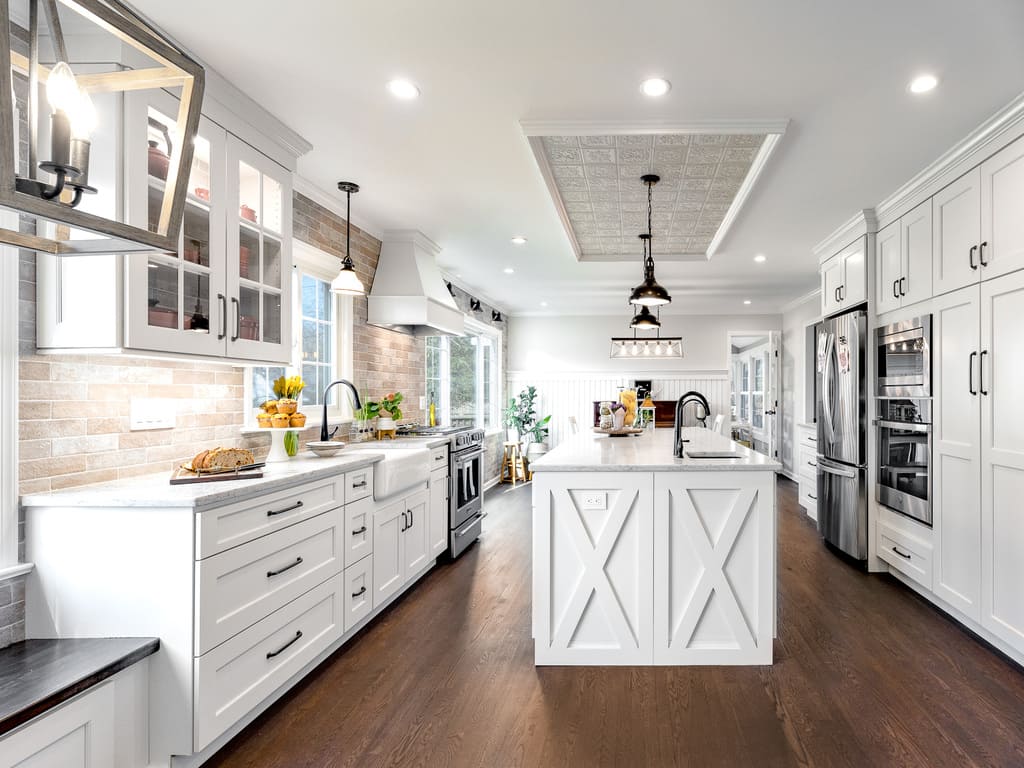Selecting the right refrigeration equipment for your kitchen is one of the most critical decisions you’ll make when setting up a kitchen—whether it’s for a small café, large restaurant, or even a home kitchen. The right refrigeration ensures food stays fresh, reduces waste, and helps you maintain proper food safety standards. However, with a wide range of refrigeration units available, it can be challenging to know which one suits your needs best.
In this article, we’ll guide you through the process of choosing the right refrigeration equipment for your kitchen, keeping in mind essential factors like space, energy efficiency, and storage capacity. Here’s what you need to consider to make an informed decision.
1. Assess Your Storage Needs
The first step in choosing the right refrigeration equipment is to assess your kitchen’s specific storage needs. What types of foods do you need to store? How much space do you need for your ingredients? Understanding the volume and types of food items you’ll store will help you select the most appropriate refrigeration units.
- Fresh Ingredients: If your kitchen stores a lot of fresh produce, dairy, and meats, you’ll need refrigeration that can maintain a consistent and reliable temperature to keep perishable items safe.
- Frozen Goods: If you need to store frozen foods like meats, frozen vegetables, or pre-prepared dishes, a freezer or chest freezer will be necessary.
- Bulk Storage: For high-volume kitchens, a walk-in refrigerator might be the best option, allowing for large-scale storage while maintaining optimal conditions for food safety.
- Compact Items: For smaller kitchens or less space, an undercounter refrigerator or reach-in unit might provide adequate storage for perishable items without taking up too much room.
2. Determine the Type of Refrigeration Unit
Once you’ve assessed your storage needs, it’s time to choose the type of refrigeration equipment that best suits your kitchen. Refrigeration units come in various types and configurations, each with unique benefits.
Reach-In Refrigerators
Reach-in refrigerators are versatile and widely used in both commercial and home kitchens. These units are often seen in the form of upright refrigerators with one or more doors. They allow easy access to ingredients and are perfect for kitchens that need to store a variety of items at different temperatures. Depending on your storage requirements, you can choose a single, double, or triple-door model.
Walk-In Refrigerators
For larger operations, such as restaurants, hotels, and catering businesses, a walk-in refrigerator is the best solution. These units allow you to store large quantities of food and keep everything organized in a single area. Walk-ins offer the advantage of bulk storage, making them ideal for kitchens with high turnover or large inventory.
Undercounter Refrigerators
If you’re working with limited kitchen space, undercounter refrigerators are a great option. These compact units can be placed under counters or prep stations, keeping ingredients within easy reach without taking up valuable floor space. They are ideal for storing items that require frequent access, such as sauces, condiments, or garnishes.
Freezers and Chest Freezers
For frozen storage, you have the option of upright freezers or chest freezers. Upright freezers are similar to reach-in refrigerators but designed to store frozen items. These are typically space-saving and come with shelves for better organization. Chest freezers, on the other hand, provide large storage capacity and are ideal for long-term frozen storage.
Prep Tables with Refrigeration
A refrigerated prep table combines both a flat prep surface and refrigerated storage in one. These units allow you to keep ingredients cold while preparing food on the same surface, making them particularly useful for sandwich stations, salad bars, or pizza kitchens.
3. Consider Energy Efficiency
Refrigeration equipment is one of the biggest energy consumers in any kitchen, so choosing an energy-efficient unit can help you save significantly on electricity bills over time. Look for units that are Energy Star certified or those that have energy-efficient compressors and insulation.
Modern refrigeration units are designed to use less energy while still maintaining consistent temperatures. Energy-efficient units also often come with advanced features such as variable speed compressors or eco-friendly refrigerants, which reduce energy usage and minimize environmental impact.
Investing in energy-efficient refrigeration equipment can be more cost-effective in the long run, especially if your kitchen operates 24/7 or runs high-volume food prep. Check the energy consumption ratings and calculate how much you’ll save over time compared to a less efficient model.
4. Temperature Control and Food Safety
When it comes to refrigeration equipment, maintaining the correct temperature is critical to ensuring food safety. Different foods require specific temperatures to remain fresh and safe for consumption. For instance, perishable items like meat should be stored at or below 40°F (4°C), while frozen foods should be kept at 0°F (-18°C).
Most commercial refrigeration units come with built-in temperature controls, but it’s important to choose a model that offers accurate and consistent temperature regulation. Look for models that provide digital temperature displays and alarms to alert you if the unit is not maintaining the proper temperature. Some high-end models even allow for remote monitoring via smartphone apps, letting you keep track of the temperature from anywhere.
5. Size and Kitchen Layout
The size of your kitchen and available space will play a significant role in your refrigeration choices. Refrigeration equipment can vary widely in size, so consider how much space you have and where the unit will be placed.
- Reach-in and undercounter units are ideal for kitchens with limited space.
- Walk-in refrigerators require more floor space but offer bulk storage and easy access to large quantities of ingredients.
- Consider modular refrigeration systems if your kitchen has unique layout needs or if you need to create custom configurations.
Make sure to leave adequate space for proper airflow around the unit to maintain energy efficiency and avoid overheating. Also, ensure that your kitchen staff can easily access and stock items in your refrigeration units without causing a bottleneck in food prep.
6. Maintenance and Durability
Refrigeration equipment is an investment, and you want to ensure it lasts for years. Look for brands and models that are known for their durability and reliability. High-quality materials like stainless steel are commonly used in commercial refrigeration units due to their resistance to corrosion and ease of cleaning.
Regular maintenance is also important for ensuring the longevity of your unit. Make sure to keep condenser coils clean, check door seals regularly, and schedule professional inspections to keep everything running smoothly.
Conclusion
Choosing the right refrigeration equipment for your kitchen is essential to maintaining food safety, preserving ingredients, and optimizing your kitchen’s efficiency. By assessing your storage needs, considering the right type of refrigeration unit, prioritizing energy efficiency, and factoring in size and maintenance, you can make an informed decision that meets the specific demands of your kitchen.
Whether you need a compact undercounter refrigerator or a spacious walk-in unit, the right refrigeration equipment can help your kitchen stay organized, cool, and cost-effective. With proper care and the right selection, your refrigeration system will serve your kitchen for years to come, keeping your food fresh and your kitchen running smoothly.














